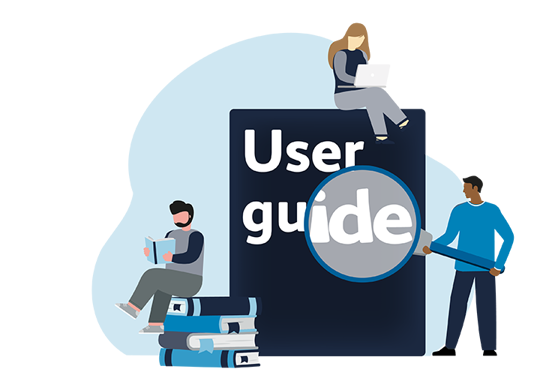The Fracture Liaison Service Database (FLS-DB) collects data on a secure web tool, hosted by Crown Informatics. This page contains video guides on how to use the web tool.
FLS-DB data entry
This video demonstrates on:
- website navigation and login procedures
- data entry guidance for new patient records
- use of system features (e.g. help buttons, draft saving, duplicate warnings, deletion/undeletion of records)
- accessing audit-related resources (e.g. user guides, dataset, FAQs, import/export tools, and reports)
- information governance.
Importing and exporting data
This video demonstrates on:
- using local IT systems with FLS-DB
- importing data to FLS-DB
- editing and managing data
- exporting data from FLS-DB
- resources and support.
How to join the FLS-DB and create additional users
This video demonstrates on:
- who needs to join the FLS-DB
- how to join the FLS-DB
- how to register a new user
- level of access
- role of lead clinician.
How to use public run charts
In this short video Dr Kassim Javaid, the clinical lead for the FLS-DB, explains how to use the public run charts to their full potential.
The video shows:
- the charts available
- how to focus in on a specific timeframe or line of data
- where to get further information about each chart
- where the data is derived from
- how the data has been calculated.
How to use internal run charts and export your data
In this short video Dr Kassim Javaid, the clinical lead for the Fracture Liaison Service Database (FLS-DB), explains how audit participants can make the most of their data.
The video takes you through how to:
- login
- find and export your data
- allow teams to download the charts as an image to use in presentations, such as team meetings to discuss their services performance
- identifying where improvements can be made
- seek further support with the evidence to support teams.
Contact
If these guidance videos and documents do not answer your queries, please contact the FLS-DB team:
- Email: flsdb@rcp.ac.uk
- Tel: +44 (0)151 318 1922





